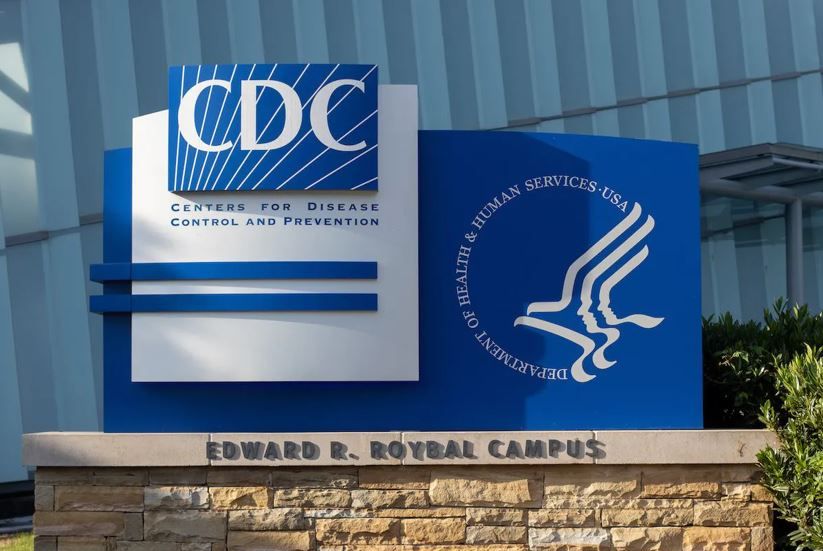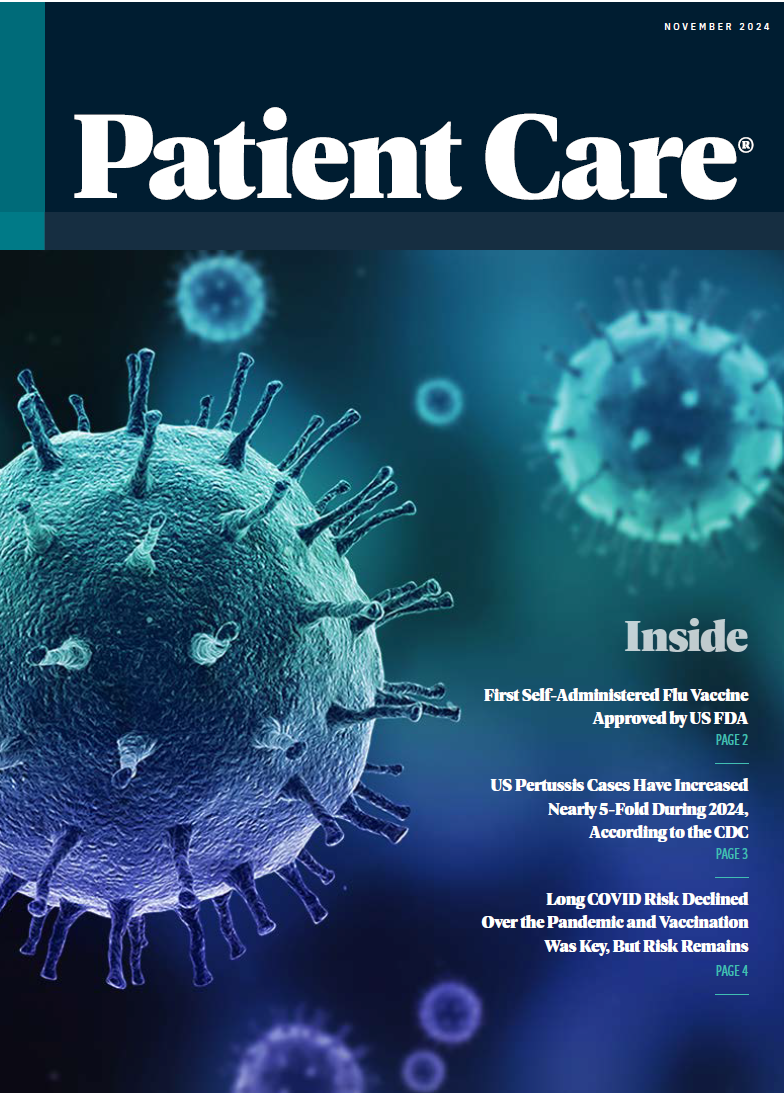- Clinical Technology
- Adult Immunization
- Hepatology
- Pediatric Immunization
- Screening
- Psychiatry
- Allergy
- Women's Health
- Cardiology
- Pediatrics
- Dermatology
- Endocrinology
- Pain Management
- Gastroenterology
- Infectious Disease
- Obesity Medicine
- Rheumatology
- Nephrology
- Neurology
- Pulmonology
US Pertussis Cases Increase Nearly 5-Fold During 2024, According to the CDC
The surge in pertussis is likely a result of a return to pre-pandemic infection patterns coupled with waning immunity from previous vaccination, CDC says.
Pertussis cases have increased by nearly 5-fold in the US since 2023 according to the most recent data reported from the CDC. Across the US there have been 15 661 cases through the week ending September 21, compared with 3657 cases through the same reporting period last year.1
©Tada Images/stock.adobe.com

Case numbers trended lower than usual over the course of the COVID-19 pandemic and have since the end of the public health emergency, but the country appears to be returning to a more typical pre-pandemic pattern where more than 10 000 cases are reported annually. The number this year, however, surpasses that seen at the same time in 2019, prior to the COVID-19 pandemic, the agency said.1
The CDC attributes the surge to converging factors that include the end of pandemic infection mitigation measures, eg, masking, remote learning, which likely reduced transmission rates, and the natural waning in vaccine protection.1
“As typical infection patterns return to the United States, CDC expects pertussis cases to increase both in unvaccinated and vaccinated populations. Pertussis occurs in vaccinated people since protection from vaccination fades over time.”1
Pertussis, also referred to as whooping cough, is highly contagious and early symptoms often resemble a common cold. However, the cough, which can be severe, can last for weeks or even months. Symptom onset is typically within 5 to 10 days of exposure although latency of up to 3 weeks is possible.2
People of all ages are susceptible to pertussis, according to the CDC; age and underlying medical conditions increase the risk for severe disease. Infants younger than 1 year are at the greatest risk for contracting the infection and also for developing severe complications. Among those at risk of their condition worsening if infected with pertussis are Individuals who are immunocompromised or have moderate to severe asthma.2
Infected persons can spread the Bordatella pertussis bacteria from the time symptoms first appear and for 2 weeks or longer after the cough begins. Importantly, symptoms may be mild for some people, so mild they may not be aware they have the infection. In fact, infants and toddlers may be infected by older siblings, parents, or caregivers who are unaware they are sick. The CDC recommends vaccination against pertussis for all age groups.2
Waning protection
Research on the durability of immunity from pertussis following the DTap series in children has found nearly all are protected against illness within 1 year of the last shot and that 7 in 10 remain protected at 5 years post-vaccination.3 The other 3 in 10 at this stage retain partial protection. For immunity from the Tdap shot, the pertussis component affords full protection for 70% of people during the first year and for approximately 30 to 40% 4 years later.3
Any adult who has not been vaccinated against pertussis should get a single dose of Tdap and then receive a booster shot every 10 years, the CDC says. Adults with Medicare drug coverage are eligible to receive the vaccine free of charge.3
Vaccination during pregnancy
Infants younger than age 1 year continue to have the highest reported rate of pertussis infection, according to the CDC, and mortality is highest before neonates are eligible for DTaP vaccination at age 2 months. There are 2 Tdap vaccine formulations approved for administration to pregnant women with optimal timing recommended between 27- and 36-weeks’ gestation, and preferably during the early part of this period.4 Only 1 shot is recommended. The passive immunity from the mother helps protect the infant during the vulnerable early weeks before the first DTaP can be given. The CDC estimates that Tdap vaccination during pregnancy protects more than 3 in 4 neonates from infection with B. pertussis and up to 90% from hospitalization with pertussis.4

